Choosing the right power supply for your particular application can be a daunting task, with so many options available. It’s important to have an understanding of the differences between linear and switching power supplies so you can make the best decision in terms of cost, efficiency, and performance for your project.
In this article, we’ll explain what Linear vs. Switching Power Supplies are, discuss the pros and cons of each type, and answer some common questions about their use. We’ll also provide some useful tips to help you make the right choice for your application.
What Are Linear and Switching Power Supplies?
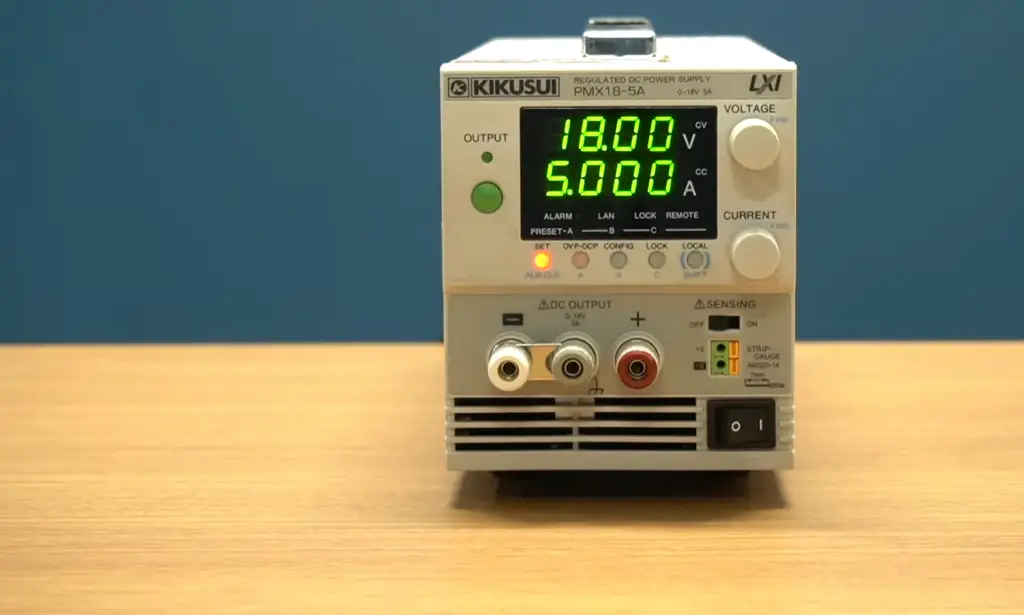
Switching power supplies, also known as switched-mode power supplies, use electronic switches to rapidly cycle the AC input voltage on and off. This conversion process is much faster than with a linear regulator, making it more efficient and allowing for smaller form factors. Additionally, switching power supplies can regulate both AC and DC output voltages. [2]
Mechanism of linear power supply and switching power supply
Linear power supplies use a direct linear regulator to regulate the output voltage or current. This involves the process of transforming a higher voltage from an AC source into a lower, constant DC voltage by using several components such as resistors and capacitors. The main disadvantage of this type of power supply is its low efficiency rate.
On the other hand, switching power supplies use a switch-mode regulator that uses Pulse Width Modulation (PWM) to regulate the output voltage or current. This method of regulation is much more efficient compared to linear power supplies as it operates at high frequencies, allowing for a smaller size and lower cost. The main disadvantage of switching power supplies is their higher level of noise due to their operating frequency. [2]
How a Linear Power Supply Works?
A linear power supply is a type of power converter which converts a source of alternating current (AC) energy into a direct current (DC) voltage output. It works by using an inductor to reduce the input AC voltage to the desired DC voltage level. The process involves passing the AC current through an inductor, which, when electrically charged, stores energy. When the AC current is no longer passing, the stored energy is then released and converted into a DC voltage.
This type of power supply offers good regulation over varying loads or input voltages. It is also one of the more cost-effective options for applications that require low amounts of current. However, linear power supplies are not as efficient as switching power supplies, and can generate a lot of heat, which means they may need to be heatsinked. [2]
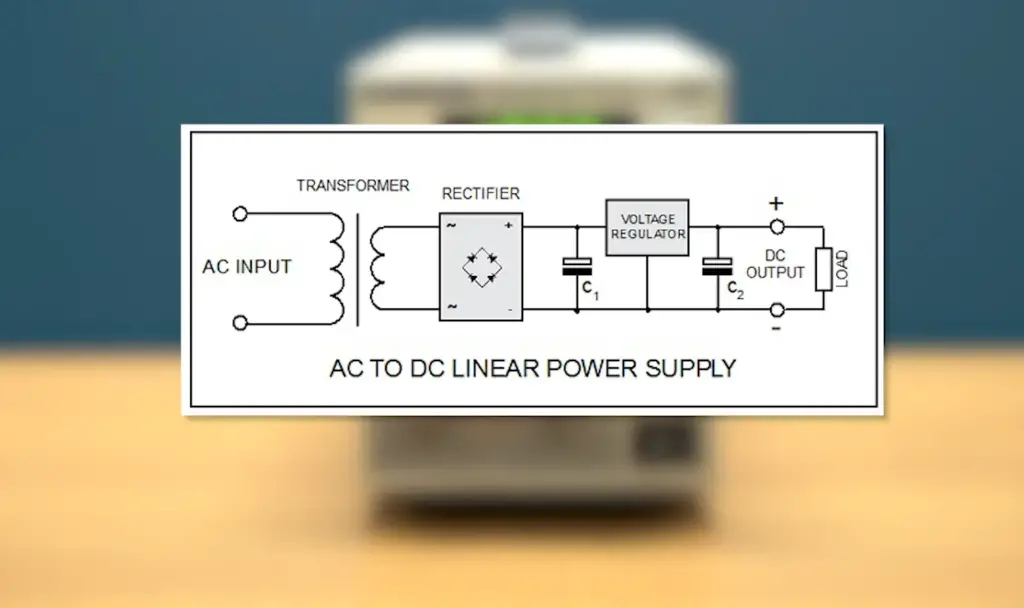
How Does a Switching Power Supply Work?
A switching power supply, also known as a switcher, is an electronic device that converts AC line voltage into DC voltage. It works by stepping up or stepping down the AC line voltage to achieve the desired output DC voltage.
Switching power supplies are designed using modern microcontroller technology and use high frequency switching transistors to convert the input AC signal into a DC output. They are more efficient and smaller than linear power supplies because the switching technology creates less heat loss in the circuit.
Switching power supplies can also provide different voltage outputs from the same input depending on their design parameters, so they can be used to provide multiple DC voltages for various applications. [2]
Efficiency
Efficiency is an important factor to consider when choosing between linear vs switching power supplies. Linear power supplies tend to be less efficient than their switching counterparts, as they must convert AC into DC and then regulate the output voltage. This process generates heat as energy is wasted in the conversion and regulation process, which necessitates a larger heatsink or cooling fan for heat dissipation. Switching power supplies, on the other hand, are more efficient as they use a switching regulator to directly convert AC into DC with minimal energy loss. As a result, switching power supplies generally require less cooling and can operate at higher temperatures than linear power supplies. [2]
Signal Noise and Ripple
One of the key differences between linear and switching power supplies is the amount of signal noise and ripple they produce. Linear power supplies tend to be much quieter, producing a low level of noise and ripple. This makes them ideal for sensitive applications like medical equipment or laboratory instruments where high levels of noise can interfere with measurements.
Switching power supplies, on the other hand, produce more noise and ripple due to their switching nature. This noise is generally in the form of high frequency pulses which can have an effect on sensitive electronics. In some cases, this noise can be reduced by using external components such as transformers or capacitors, however this adds to the complexity and cost of the design. [3]
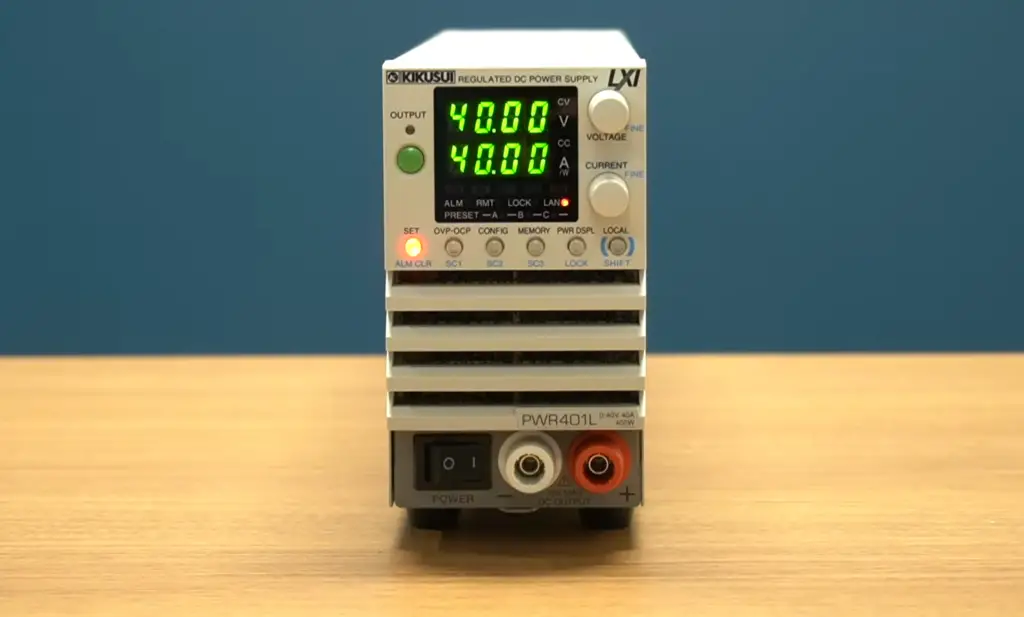
Size and Weight
Linear and switching power supplies are typically different in size and weight. Linear supplies tend to be larger, heavier, and have more components than switching power supplies due to their bulky transformers. This makes linear supplies less suitable for applications that require a compact design. On the other hand, switching power supplies are smaller and lighter because they use an oscillator circuit instead of a bulky transformer. [3]
Reliability and Reparability
When it comes to reliability and reparability, linear power supplies are often considered more reliable than switching power supplies. This is due to their simple design which makes them easier to repair and maintain than switching power supplies. Linear power supplies can also be designed for high MTBF (Mean Time Between Failure) ratings, which typically range from 10,000-100,000 hours.
Switching power supplies, on the other hand, are more complex and require more maintenance due to their intricate design. This is why it’s important to choose a switching power supply that has a high MTBF rating, typically ranging from 40,000-200,000 hours. [3]
Cost-Effectiveness
When it comes to cost-effectiveness, one of the primary considerations is efficiency. Linear power supplies are less efficient than switching power supplies and end up wasting more energy in the form of heat generation. This means that a linear power supply will likely come at a higher cost over its lifespan due to increased electricity bills. On the other hand, switching power supplies tend to be more efficient and therefore could cost you less in the long run.
In addition, switching power supplies tend to be lighter and smaller than linear power supplies, which can make them more cost-effective by saving on shipping costs. They are also generally easier to install and require fewer components than linear power supplies for a given output. [3]
Comparison of linear power supply and switching power supply
A linear power supply and a switching power supply are both fundamental components in the world of electronics. Both have distinct advantages and drawbacks, so it is important to understand the difference between them if you’re looking for an ideal solution for your needs.
Linear power supplies use a high-quality transformer to transform incoming voltage into low-voltage DC output. They are generally known for having excellent regulation and low noise, but they also tend to be bulky and relatively inefficient in their operation.
Switching power supplies, on the other hand, use a switching mechanism to convert AC input into DC output. This type of power supply is usually compact and efficient, making it an ideal choice for portable electronics. [1]
Other differences
Aside from power efficiency, there are other differences between Linear and Switching power supplies. These include:
Noise: Linear power supplies produce audible noise due to a high current passing through the transformers. On the other hand, switching power supplies produce no audible noise since their components operate at much higher frequencies.
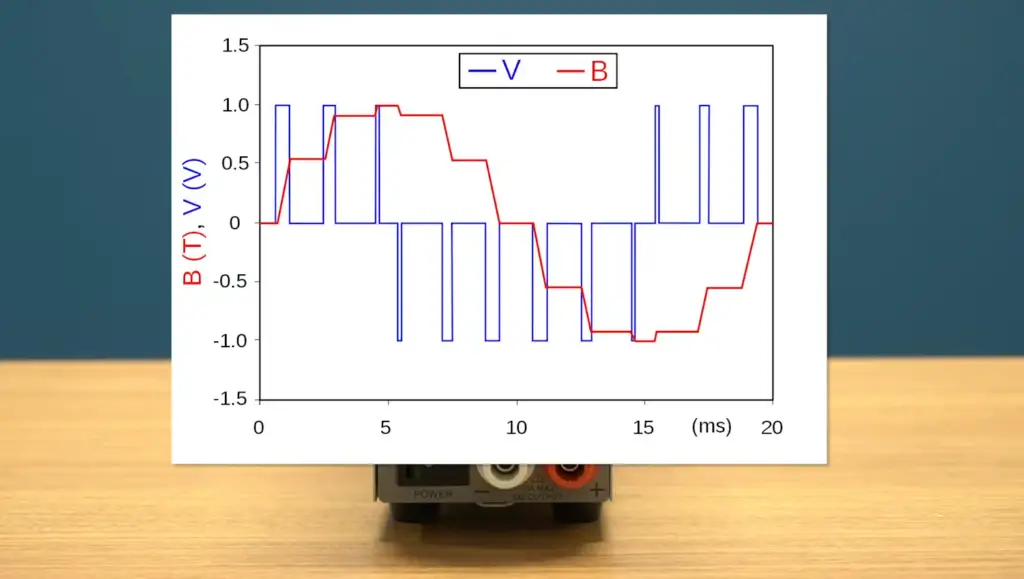
Heat Generation: Linear power supplies generate more heat since they are inefficient and waste a large amount of energy. Switching power supplies, on the other hand, generate much less heat due to their higher efficiency.
Size: Linear power supplies take up more space than switching power supplies because they need transformers for transforming AC current from the mains into DC output. Switching power supplies, however, don’t need a transformer making them much smaller.
Cost: Linear power supplies are usually more expensive than switching power supplies since they are less efficient and require more components. [1]
Advantages of Linear Power Supply
Linear power supplies have a few advantages over switching power supplies, which is why they are still used in certain applications. These include:
- Low noise levels – Linear power supplies create much less electromagnetic interference than switching supplies. This makes them ideal for use in areas where electrical noise can interfere with other electronic components or disturb nearby people, such as medical facilities and homes.
- Greater efficiency – Linear power supplies are usually more efficient than switching power supplies at lower power levels, making them a better choice for low-power applications.
- Durability – Linear power supplies tend to be more durable because they have fewer moving parts and require less maintenance than switching supplies. This makes them well suited for continuous operation in harsh environments. [1]
Advantages of Switching Power Supply
Switching power supplies have a number of advantages when compared to linear power supplies. First, they are much more efficient than linear power supplies – typically up to 95%. This means less energy is wasted as heat and more energy is used to actually power your device. Secondly, they are much smaller in size, making them ideal for space-constrained applications. Finally, they are generally cheaper to produce and buy than linear power supplies. [4]
Disadvantages of Linear Power Supply
Though Linear Power Supplies offer a consistent power output, they do have some drawbacks. The main disadvantage is their size and weight. Linear Power Supplies require large transformer coils in order to convert the high voltage AC current into low voltage DC current. This makes them bulky and heavy, making them difficult to transport or install in tight spaces. Additionally, they are not as efficient as switching power supplies.
Finally, linear power supplies are more expensive than their switch counterparts. This is due to the increased cost associated with manufacturing larger transformers. [4]
Disadvantages of Switching Power Supply
Using a switching power supply does come with some disadvantages, primarily due to its complex inner working. Switching power supplies are more expensive than linear power supplies as they include components like inductors and transformers which increase the cost of production. Additionally, the higher frequency used for switching requires careful design considerations to be taken into account in order to reduce any electromagnetic interference (EMI). Furthermore, a switching power supply can be more prone to failure than a linear power supply due to its complex inner workings and the fact that some parts may fail over time. This is why it is important to select a high-quality product from a reliable supplier who stands behind their products in case of any potential issues. [4]
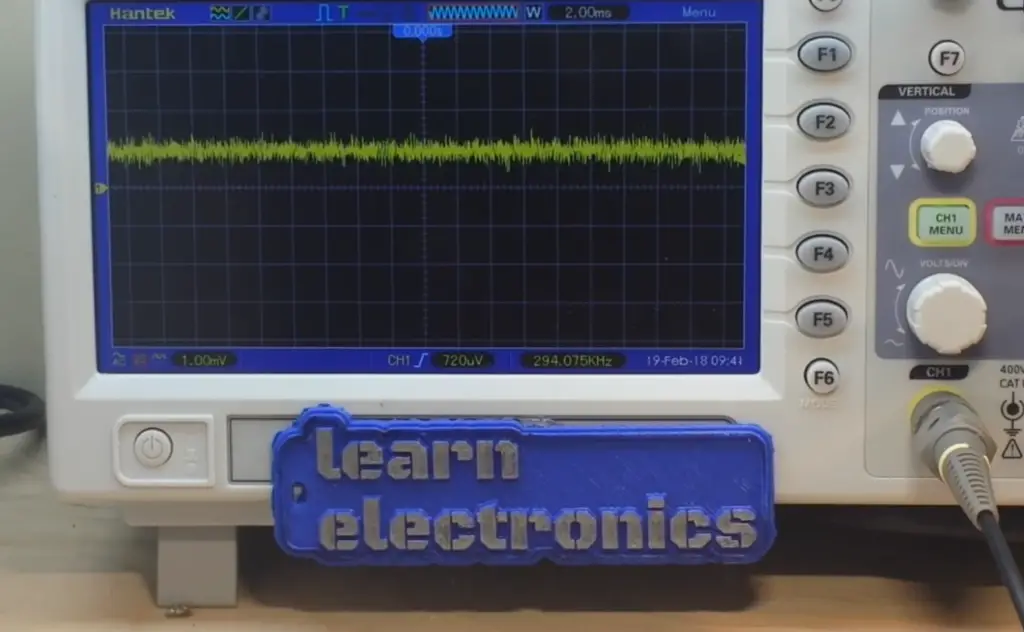
When Should You Use a Switching Power Supply vs Linear Power Supply?
The primary factor in deciding which type of power supply to use is the intended application. Linear power supplies are more suited for low-noise applications such as audio, while switching power supplies are better for higher current and/or voltage needs.
Also, if you need a regulated output voltage, then linear power supplies offer superior performance compared to switching PSUs. On the other hand, if you are after high efficiency, then switching power supplies are the way to go as they can provide more than 90% efficiency in some cases.
In addition, linear power supplies tend to be heavier and larger than switching PSUs due to their large transformers. [4]
FAQ
Which is better: switching power supply or linear regulator?
The answer to this question depends on your specific needs. Switching power supplies are typically more efficient and cost-effective than linear regulators, but they can be noisier, generate heat, and require more complex design considerations. Linear regulators offer reliable voltage regulation with relatively low noise generation and minimal heat dissipation.
Why is a linear power supply better?
Linear power supplies are ideal for applications that require clean, reliable power with low noise and heat generation. Linear regulators feature a simple design that regulates output voltage by taking in an unregulated input voltage and then adjusting it to match the desired output voltage. This makes them well-suited for use in audio equipment, medical devices, or any other application.
What is the major disadvantage of linear power supply?
Linear power supplies tend to be less efficient than switching power supplies. Since linear regulators dissipate the difference between input and output voltages as heat, they can become very hot during operation. This makes them unsuitable for some applications where high-efficiency is needed or a compact size is required.
Do linear power supplies improve sound quality?
Yes, linear power supplies can improve the sound quality of audio equipment. Since linear supplies offer a very stable output voltage, they provide better protection against electrical interference and noise than switching power supplies. This results in cleaner, more accurate sound reproduction.
What are the disadvantages of a linear regulator?
The main disadvantage of a linear regulator is its low efficiency. Since the output voltage is regulated by dissipating the difference between input and output voltages as heat, they can become very hot during operation, resulting in wasted energy and increased operating costs. Additionally, linear regulators require large components to maintain stability, making them unsuitable for applications where size or weight are major considerations.
What are the advantages and disadvantages of a linear regulator?
The main advantage of a linear regulator is its reliable performance and low noise output. Linear regulators offer very stable voltage regulation with minimal heat dissipation, making them well-suited for use in audio equipment, medical devices, or other applications where clean power is needed. The main disadvantage of linear regulators is their lower efficiency compared to switching power supplies as they dissipate the difference between input and output voltages as heat. Additionally, they require large components to maintain stability, making them unsuitable for applications where size or weight are major considerations.
What is a disadvantage of switching power supplies over integrated linear regulators?
The main disadvantage of switching power supplies over integrated linear regulators is their increased complexity. Switchers are more complicated and require more components, resulting in a higher cost than linear regulators. Additionally, switching power supplies tend to be noisier than linear regulators due to the high-frequency switching required for operation. Finally, they generate heat during operation which must be dissipated with external heat sinks or other cooling mechanisms.
Useful Video: Linear vs Switching DC Power Supplies – What’s the Difference?
Conclusion
Choosing between a linear power supply and a switching power supply is an important decision that depends on the application. Linear supplies offer superior regulation, noise reduction, and efficiency at lower frequencies. Switching supplies are superior in terms of size, cost, efficiency, and speed at higher frequencies. However, they require more filtering to reduce radiation which can be costly in some applications.
When selecting either a linear or a switching power supply, it’s important to consider the application requirements and cost implications of each option. Doing so will help you make informed decisions that will provide optimized performance in your circuit design.
We hope this article has been helpful in understanding the differences between linear and switching power supplies!
References
- https://www.matsusada.com/column/linear_switching_difference.html
- https://www.makeuseof.com/linear-vs-switching-power-supplies-difference/
- https://www.wevolver.com/article/switching-vs-linear-power-supply-whats-the-difference
- https://www.bravoelectro.com/blog/post/linear-vs-switching-power-supply





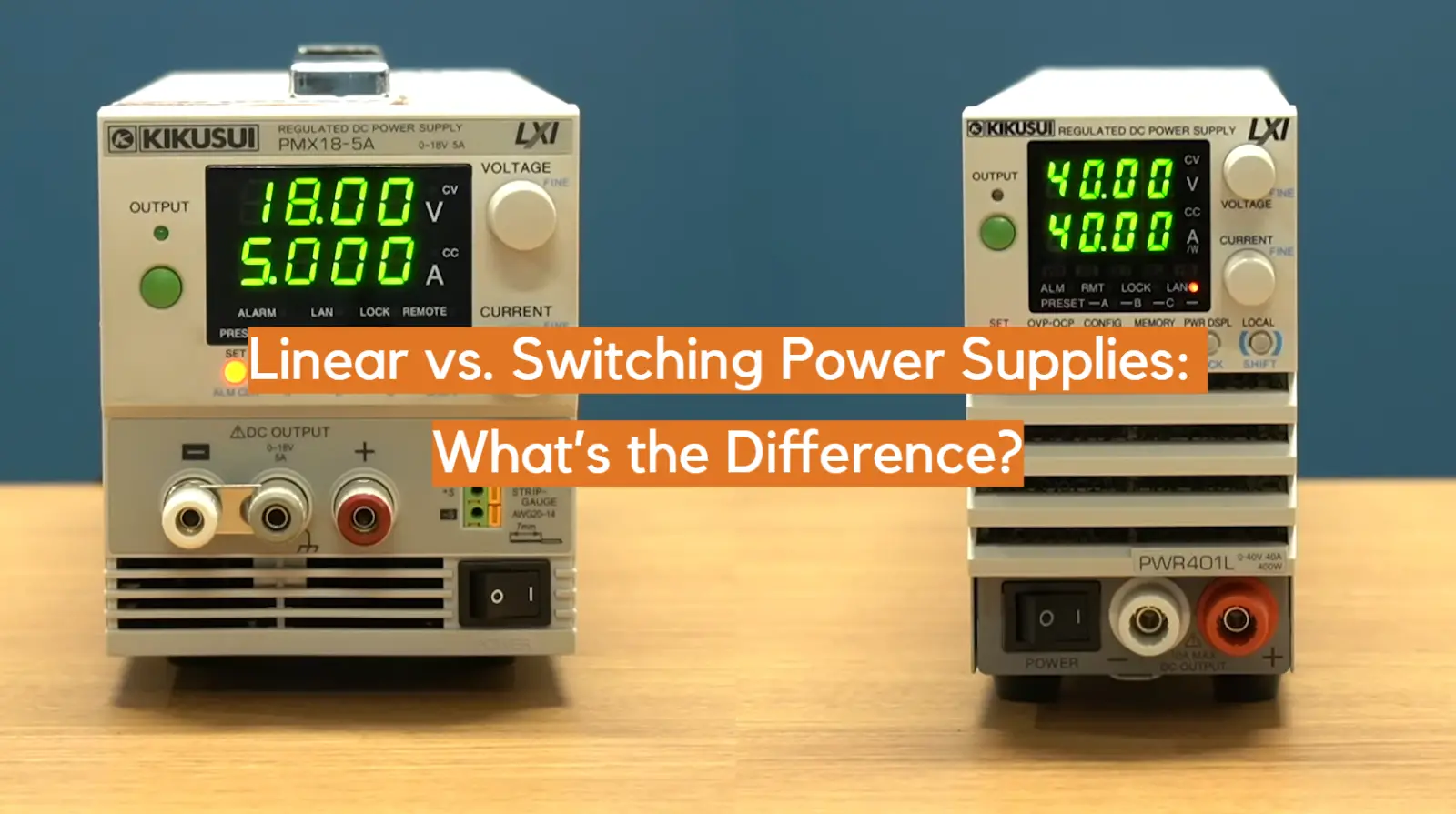





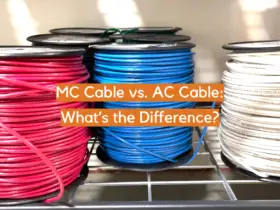
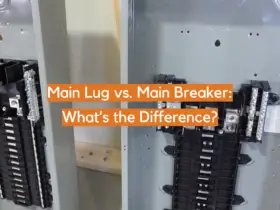
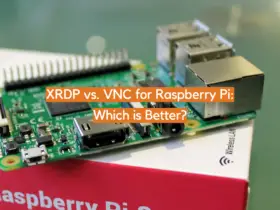
Leave a Reply